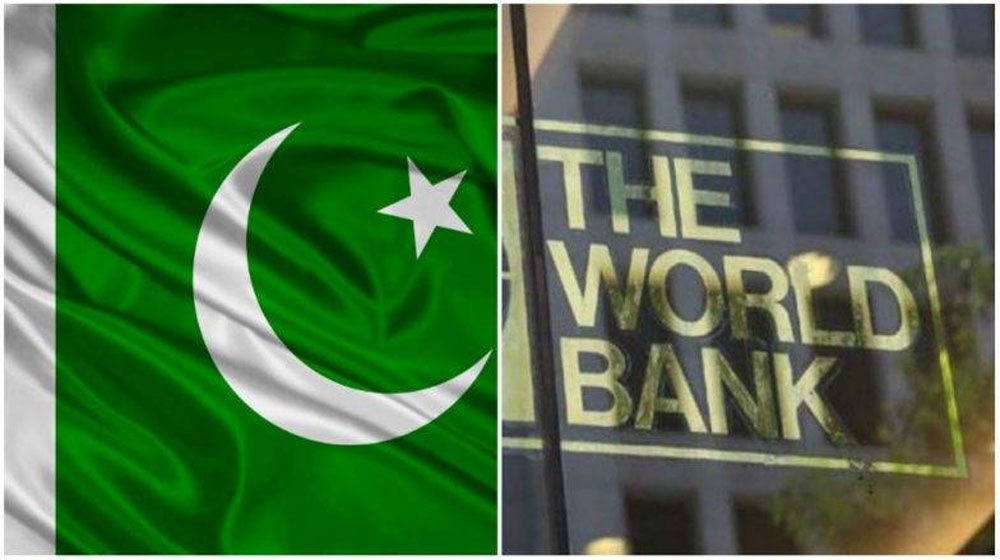Islamabad, Dec 4: China remains Pakistan’s largest creditor, holding nearly $29 billion in loans, as Pakistan’s external debt surged to $130.85 billion in 2023, accounting for 352% of its total exports and 39% of its gross national income (GNI), according to the World Bank.
Among the largest recipients of IMF loans, Pakistan’s debt servicing equaled 43% of its exports and 5% of its GNI, highlighting its strained fiscal health.
China owns 22% of Pakistan’s external debt ($28.79 billion), followed by the World Bank (18%) and the Asian Development Bank (15%). Saudi Arabia is the second-largest bilateral lender with 7% ($9.16 billion).
Of the total debt, bilateral lenders account for 45%, multilaterals 46%, and private lenders 9%, with bondholders leading this segment at 8%.
Long-term external debt stands at $110.44 billion, with $11.53 billion in IMF credit and $8.88 billion in short-term debt. Pakistan’s disbursements reached $12.95 billion in 2023, while repayments totaled $14 billion, including $4.33 billion in interest payments.
The report also noted that South Asia recorded a 62% rise in interest payments on public debt in 2023, with Pakistan making the second-highest payments in the region.
Globally, developing nations spent $1.4 trillion on debt servicing in 2023, driven by interest costs at a 20-year high. Pakistan’s fiscal pressure mirrors trends among low and middle-income countries (LMICs), where tightened budgets have exacerbated weak economic positions. Pakistan’s interest payments equaled 43% of exports, surpassing many IDA-eligible countries, which spent an average of 6% of export earnings on debt servicing.









